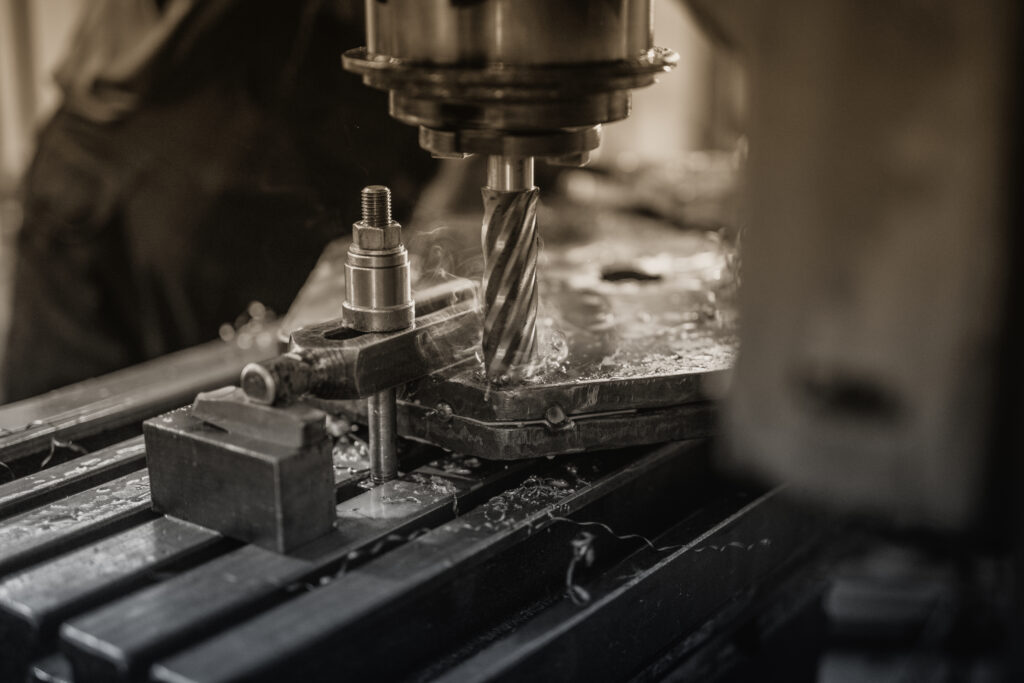Vertical milling machines are crucial tools in the world of machining, contributing to the creation of various products we use daily. Their importance lies in their unparalleled versatility and precision in the creation of intricate components essential in industries ranging from automotive to aerospace. Additionally, integrating CNC milling machines elevates precision further. The CNC milling machine working principle follows programmed instructions, enabling automated and highly accurate operations.
Vertical milling machines are versatile tools in machining, offering operations like face milling for flat surfaces, end milling for features, drilling as a drill press, boring for hole enlargement, tapping for threading, and slotting for creating slots on the workpiece surface.
In this blog, let’s understand the working principle and operations of a vertical milling machine and why it is essential for anyone involved in manufacturing or interested in the machining process.
Working Principle of a Vertical Milling Machine
At its core, the vertical milling machine operates on a straightforward principle. It involves a spindle that holds a cutting tool, and the workpiece is securely clamped on a table. The spindle rotates, and the cutting tool removes material from the workpiece, shaping it as desired.
Key Components:
- Spindle: The spindle is a pivotal component that holds and rotates the cutting tool. It’s driven by a motor, providing the necessary power for the milling process.
- Cutting Tool: The cutting tool is the element responsible for removing material from the workpiece. It can be a variety of tools, such as end mills, face mills, or drills, depending on the specific task.
- Table: The workpiece is firmly secured on the table, which can move in different directions. This movement allows for precise positioning of the workpiece beneath the rotating cutting tool.
- Guides and Feed Screws: Vertical milling machines include guides and feed screws that control the movement of the table. These components ensure accurate and controlled motion during the machining process.
Overview of the Working Process
- Setup: Before starting, secure the workpiece on the table and choose the appropriate cutting tool for the desired operation.
- Tool Selection: Depending on the operation, select the suitable cutting tool and mount it on the spindle.
- Adjustments: Set the spindle speed, feed rate, and depth of cut based on the material and the specifics of the operation.
- Machining: Activate the milling machine, and the cutting tool begins removing material from the workpiece. The table’s movement, along with adjustments to the cutting parameters, dictates the final shape and dimensions.
- Quality Check: After machining, inspect the workpiece to ensure it meets the required specifications. Adjustments may be made for subsequent operations if necessary.
Conclusion:
Vertical milling machines play a pivotal role in modern manufacturing, providing a versatile and efficient means of shaping various materials. Understanding the basics of their operations empowers individuals in the manufacturing field and fosters appreciation for the precision and craftsmanship involved in creating everyday objects. If you want to add one vertical milling machine to your setup, look no further than RAY Mechatronics. They are a trusted supplier of vertical milling machines from reputable brands, adding reliability to this essential equipment in the production process.






